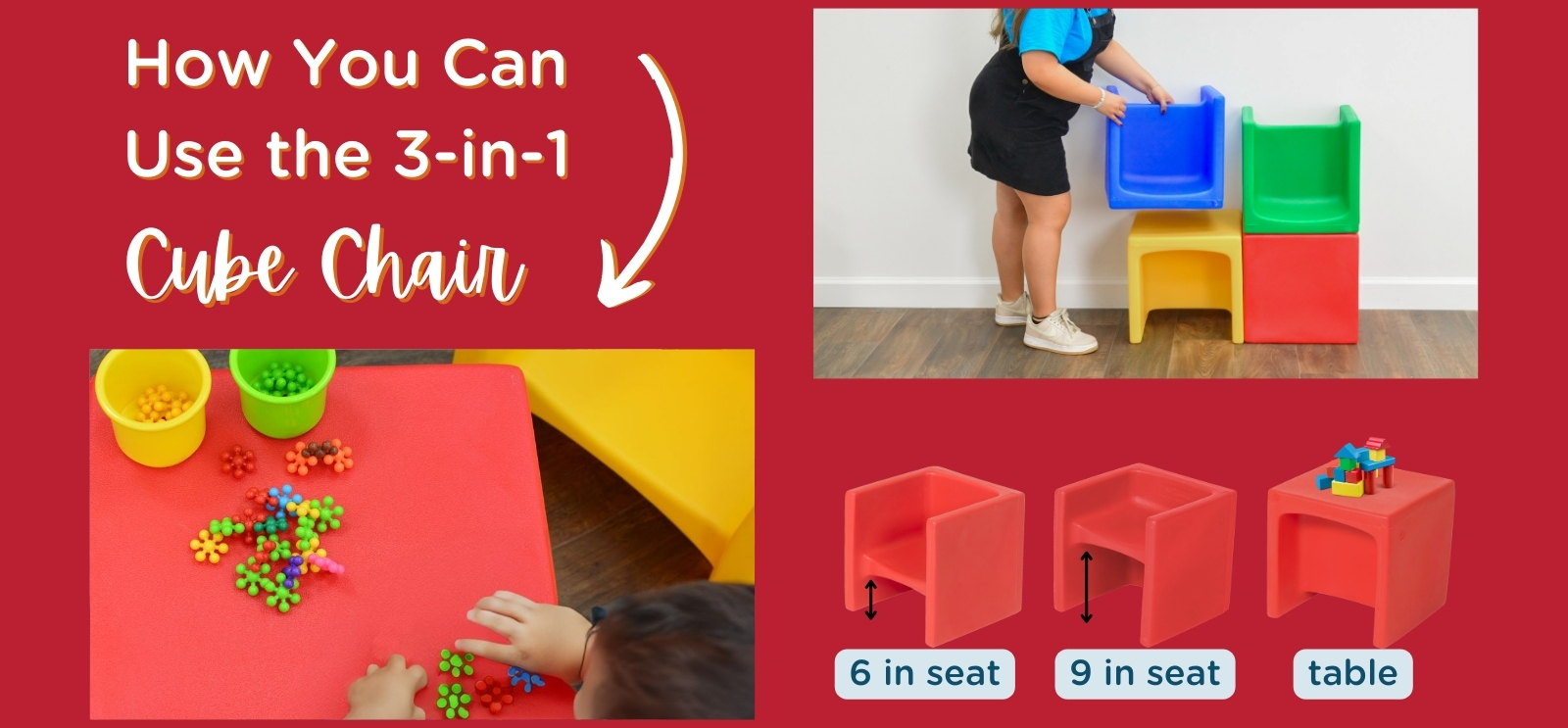
Maximizing Classroom Space and Budget with Multi-Functional Furniture in Early Education Classrooms
In the dynamic environment of early education, maximizing classroom space and budget while fostering an engaging learning experience is crucial. Traditional classroom setups often fall short in addressing the evolving needs of both students and educators. Multi-functional furniture offers a versatile solution, transforming classrooms into adaptable spaces that support diverse learning activities, enhance student engagement, and optimize budgetary constraints.
The Importance of Space Utilization in Early Education
Early education classrooms are unique environments where young learners explore, create, and interact. Effective space utilization is essential to accommodate various activities, from individual learning and group projects to creative play and rest periods. A well-organized and flexible classroom can significantly impact students’ cognitive and social development, fostering a positive learning atmosphere.
Challenges in Traditional Classroom Setups
Traditional classroom furniture, such as single-purpose desks and chairs, often limits flexibility. Fixed layouts can hinder movement and restrict the ability to reconfigure the space for different activities. Additionally, these setups can lead to clutter, reducing the available space for students to move freely and engage in hands-on learning experiences.
The Role of Multi-Functional Furniture
Multi-functional furniture addresses these challenges by offering adaptable and space-saving solutions. These pieces are designed to serve multiple purposes, allowing for quick reconfiguration to support various activities. For example, a storage unit that doubles as a seating area or a table that can be adjusted for different heights provides the versatility needed in a dynamic classroom environment.
Benefits of Multi-Functional Furniture
1. Space Optimization
Multi-functional furniture helps maximize the use of available space by combining several functions into a single piece. This reduces the need for multiple items, freeing up floor space and creating a more open and flexible learning environment. For instance, tables with built-in storage can eliminate the need for separate storage units, while foldable or stackable chairs can be easily moved to create more space for activities.
2. Cost Efficiency
Investing in multi-functional furniture can lead to significant cost savings. By purchasing fewer pieces that serve multiple purposes, schools can stretch their budgets further. This approach not only reduces initial expenditures but also minimizes the need for future purchases as the furniture can adapt to changing needs over time.
3. Enhanced Learning Environments
Flexible furniture arrangements support various teaching methods and learning styles. For example, tables and chairs that can be easily rearranged promote collaborative learning, while quiet corners with adaptable seating options provide comfortable spaces for individual work. Multi-functional furniture can also incorporate elements that stimulate creativity and engagement, such as whiteboard surfaces or interactive features.
4. Durability and Longevity
High-quality multi-functional furniture is designed to withstand the rigors of a classroom setting. Durable materials and robust construction ensure that these pieces can handle frequent reconfiguration and heavy use, providing long-term value and reducing the need for frequent replacements.
Case Studies: Implementing Multi-Functional Furniture
Case Study 1: Bright Beginnings Preschool
Bright Beginnings Preschool faced challenges with limited space and a tight budget. By introducing multi-functional furniture, such as storage-integrated tables and convertible seating, the school transformed its classrooms into adaptable learning spaces. Teachers reported increased student engagement and easier transitions between activities, while the administration noted significant cost savings.
Case Study 2: Little Learners Academy
Little Learners Academy adopted a range of multi-functional furniture, including mobile workstations and modular seating units. This approach allowed for quick reconfiguration of the classroom to support different teaching methods and activities. The flexible setup fostered a more interactive and collaborative learning environment, enhancing students’ overall educational experience.
Tips for Choosing Multi-Functional Furniture
1. Assess Needs and Objectives
Identify the specific needs of your classroom and the types of activities you want to support. Consider the age and developmental stage of your students, as well as the overall goals of your educational program.
2. Prioritize Quality and Durability
Invest in high-quality furniture that can withstand daily use and reconfiguration. Look for pieces made from durable materials and with robust construction to ensure longevity.
3. Opt for Versatility
Choose furniture that can serve multiple purposes and be easily adapted to different activities. Consider features such as adjustable heights, foldable components, and integrated storage.
4. Involve Educators in the Decision-Making Process
Teachers and classroom staff are best positioned to understand the practical needs of the classroom. Involve them in the selection process to ensure that the chosen furniture meets their requirements and enhances their teaching experience.